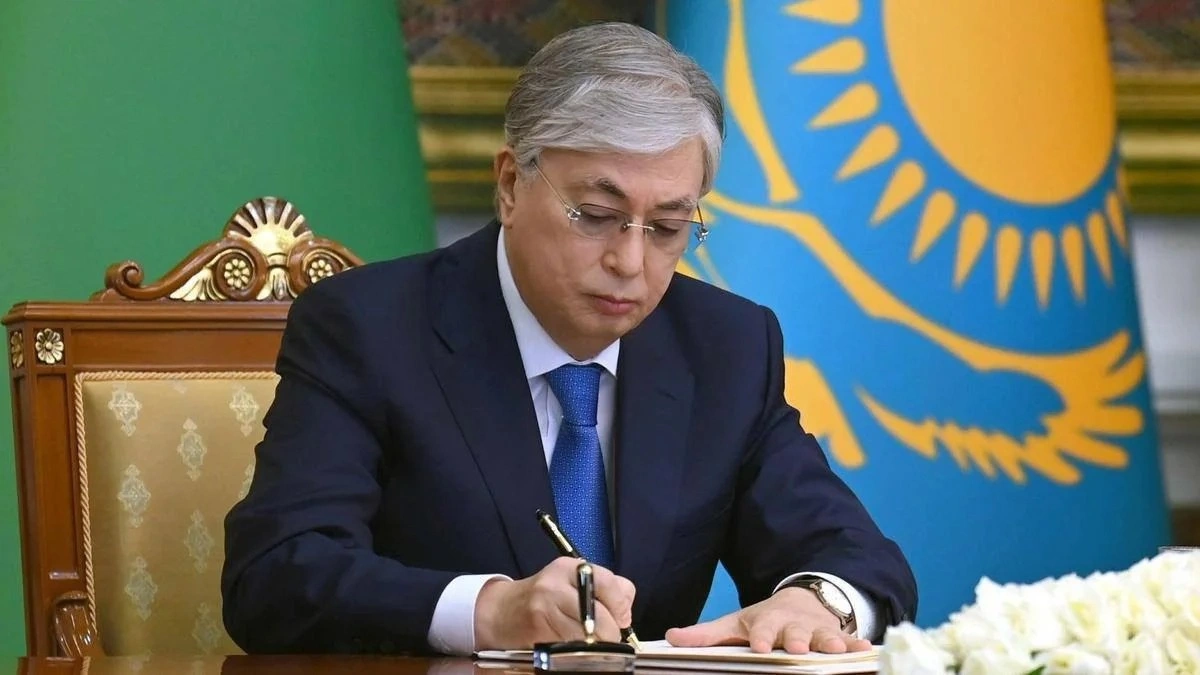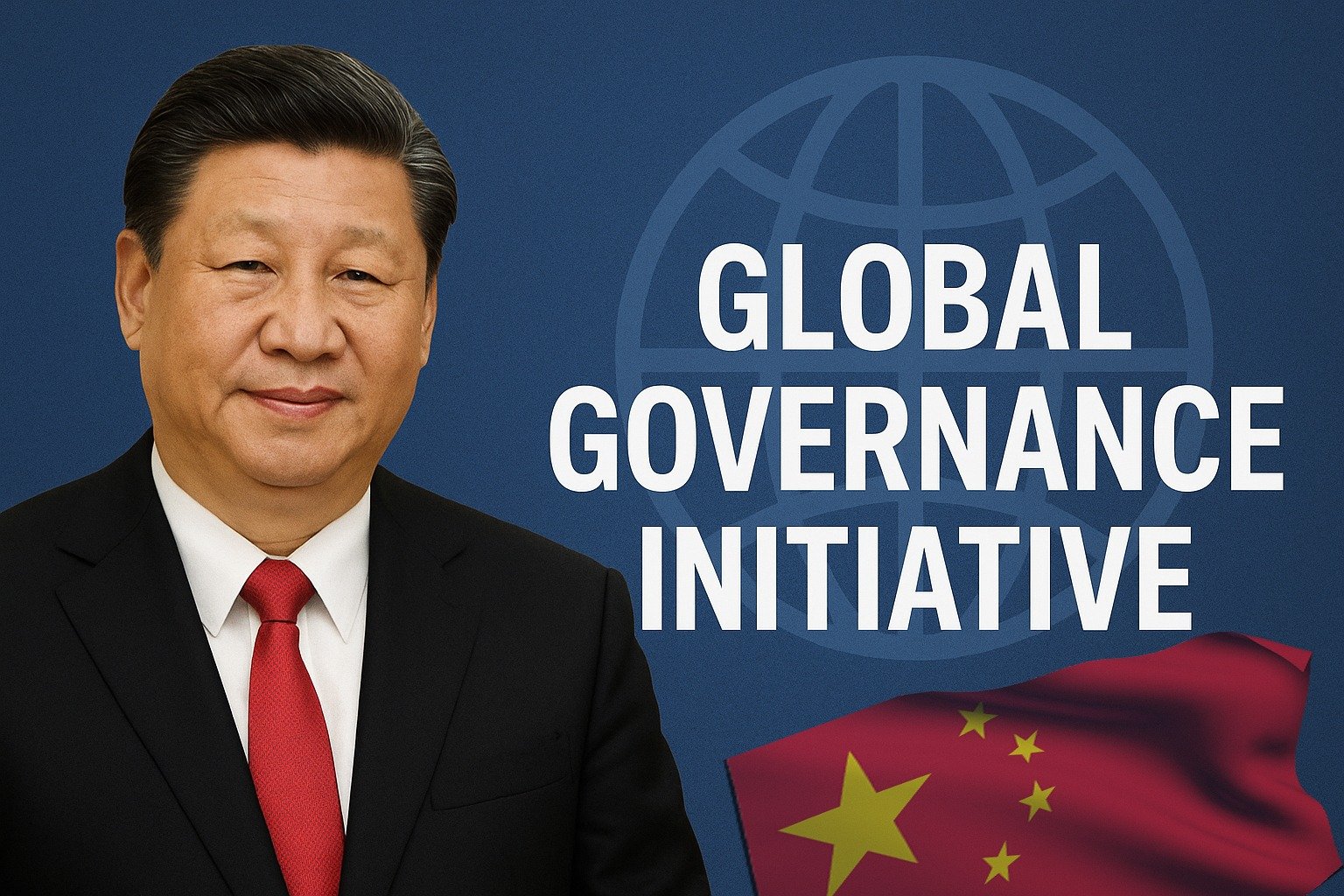Kazakhstan has been on a deep transformation path, since achieving independence in 1991, as a resource-centric society to diverse, digitally-powered society. At the core of this transition has been the systematic modernization of the government to the digitalized version that has reached the full swing of the e government ecosystem, as it has remained ground breaking in social and economic dimensions.
I analyze such digital transformation in my article in five phases:
Early Stage – 2004 to 2006, Interactive e‑services – 2006 to 2008, Transactional systems – 2007 to 2010, Service Transformation Period – 2010 to 2016 and User centric e‑government – 2016 to present.
It explores its major programs, development of infrastructure, evaluation criteria, obstacles and expectations.
Early Stage – 2004 to 2006
The official start of e-government transformation in Kazakhstan was in 2004, with a previous President Nursultan Nazarbayev. During his speech in March 19, 2004 he declared e government setup plan and it was approved as a state program in 2004. In 2006 the initial national portal, eGov.kz, was opened- that contained the basic information concerning the government agencies as well as public services.
The legal frameworks, the launch of the portal, information transparency, were all prepared at this early stage (2005-2006). As an initial model, Kazakhstan was based on what was achieved in South Korea, Singapore, Estonia, and Italy, trying to achieve a reduction in bureaucratic fragmentation and the enhancement of access.
Usage by the citizen at this point was very little despite the successes in making services known. To a large measure, the system promoted information flow between the citizenry and the government.
Interactive e‑Services – 2006 to 2008
Between 2006 and 2007 Kazakhstan moved to its second phase, opening up interactive services:
- Informational systems in the sector and a state database were created.
- Some of the modules that have been implemented include e-licensing and Single Notary Information System.
- Citizen Service Centers were launched on January 5, 2007, and the document requests and inquiries are allowed in the form of eGov.
It was a change to the level of “interaction stage” that allowed two-way communication. People started to request documents, monitor the progress of applications and avail e notary services all of which increased transparency and accountability of government.
Nevertheless, critics argued that certain services focused on automation of internal bureaucratic procedures instead of taking care of the citizens.
Transactional systems – 2007 to 2010
Between 2007 and 2010, Kazakhstan entered into transaction period, which entailed the introduction of online payments, e procurement and an e passports program.
Key milestones were:
- Electronic transactions to public service.
- An easier system of procurements, which makes government tenders more transparent.
- Issue of electronic passports and business registration through eGov portal.
Such changes increased transparency and saved the money of the taxpayer- the national e-procurement project saved approximately 22 percent of the public sector spending.
Service Transformation Period – 2010 to 2016
This process of transition to service transformation in the e-government in Kazakhstan had started during the time between 2010 and 2016. Over this period:
- More than 46 billion tenge worth of investments was made.
- Services related to health, education, and social welfare were given first priority.
- A mobile government approach was created: in 2016, more than 80 services became available on smartphones.
- Electronic signatures connected with SIM cards integration started.
This step made online services as a constituent part of daily life and especially of socially important procedures. It is the predecessor of the subsequent mobile-centric evolution of Kazakhstan. This step guaranteed that online services would be included in daily routine, especially when it comes to the functions considered to be social. It set the precedent of the Kazakhstan’s later mobile-centric evolution.
User Centric e‑Government (2016–2025)
When compared to 2016, post 2016, Kazakhstan has been in a pro-active drive where the strategies are user-centric designing, accessibility through mobile platforms, automation with data, integrating AI.
- One of five strategic directions that had been highlighted in the context of “Digital Kazakhstan” (2018 to 2022) was to move to a digital state.
- It was planned to establish a Digital Transformation Center that would digitalize government business processes.
- With President Tokayev, the New Kazakhstan modernization vision entails the growth of broadband and digital inclusion of rural areas.
- The UN tech envoy praised the domestic digital capability and the cultivation of talent in government services in Kazakhstan- going on to promote the Kazakhstan model as a paradigm in Eurasia.
In Kazakhstan the digital backbone had greatly enhanced:
- Household internet penetration stood at 92.9 percent in 2023 that is similar to Germany and Russia.
- A wide 4G coverage and the early 5G deployment in Almaty, Astana, and Shymkent was available in mobile networks.
- Diversity/connectivity: In 2023 the Trans-Caspian Fibre-Optic project was initiated that enhanced international connections.
Kazakhstan has e-government based on the modern digital systems:
- Online banking increased to cater to almost every citizen, which is a 100 percent increase of the population since 2018.
- The percentage of digital transactions increased when on 2014, it was 7 percent and in 2024, 89 percent.
- The GDP per capita through digital transaction grew by 13,800 dollars (in the year 2023) compared to 20 dollars (in the year 2014).
- The eGov platform is used by more than 90 percent of economically active population.
This change was boosted with the help of public-private synergy involving banks and fintech firms.
- By mid-2025 there were approximately 14.8million registered users in eGov.kz, adding approximately 270,000 during that year.
- More than 26 million services were accessed in the first half of the year alone in 2025 and approximately 45% of those are via mobile (2/3 of this is 12 000 000).
- There are approximately 11 Million registered accounts with 5.8 m monthly active users with eGov mobile app having over 41 Million views of Digital Documents.
- At present, the government has made more than 92 percent of its services accessible through the internet.
In 2017, eGov mobile received international recognition being awarded the prize at WGS and WSIS.
Global Recognition
- Kazakhstan ranked 24th globally on the E-government Development Index of UN in 2024 and came up four position higher than other major economies of the world such as Germany and China.
- It ranked among the leading 10 nations in the Online Services Index (OSI) besides South Korea, Estonia, and Denmark.
- It has high performance according to OECD reports in both UN e Participation and Online Service Indexes, however it is still mentioned that infrastructure and legal bottlenecks still exist.
The Road Ahead 2025 & Beyond
As of 2025, the digital transformation in Kazakhstan is active and has such ambitious plans:
- More solidification of AI and evidence-oriented governments The eGov is transforming in 2024 by biometric identification, push messaging and AI-reinforced procedures that become part of the top 10 OSI.
- Mobile service and rural access improvement has taken on the broadband expansion goals that involve all people having universal internet and 5G reach by 2027.
- Combining digital infrastructure, including national capacities between the government and the private sector – Resilience of DPI will depend on further synergy between the banks and fintech, between the banks and telecom, between the government and quant barriers.
- Strengthening cybersecurity – The sphere of cyber-security needs to be strengthened due to the increasing degree of portal and network threats.
- Facilitating civic engagement online- Enhancing civic involvement into the development of e-government remains a key to dependability and continuous usage.
Concluding Remarks
The process of becoming a digital society Kazakhstan has followed, whereby it is an informational portal today and a proactive, mobile-first e-government in the future, by 2025, is an example of strategic planning, investments in technologies, and the changing government. More than 11 million mobile consumers, 92 percent and more of digital services availability, and above 26 million transactions in the first half of the year 2025 only make Kazakhstan a digital leader in Central Asia and the world, in general.
However, the quest goes on. The future of success is to fix the current infrastructure failures, strengthening cybersecurity, permanently establishing design to user needs, and building on the use of AI and data analytics to advance even further how governance is conducted. The e-government success story of Kazakhstan does not only remodel the public administration of its citizens but also provides an enriching, repeatable case study upon which other developing economies can rely on as they transit to a digital transformation process.

Mr. Muhammad Ali Pasha is a “Foreign Affairs Expert”. Furthermore, he is a author and poet.
Note: This article is the intellectual property of the writer. If any content will be republished without the consent of author then it will be consider as forgery and fraud.











